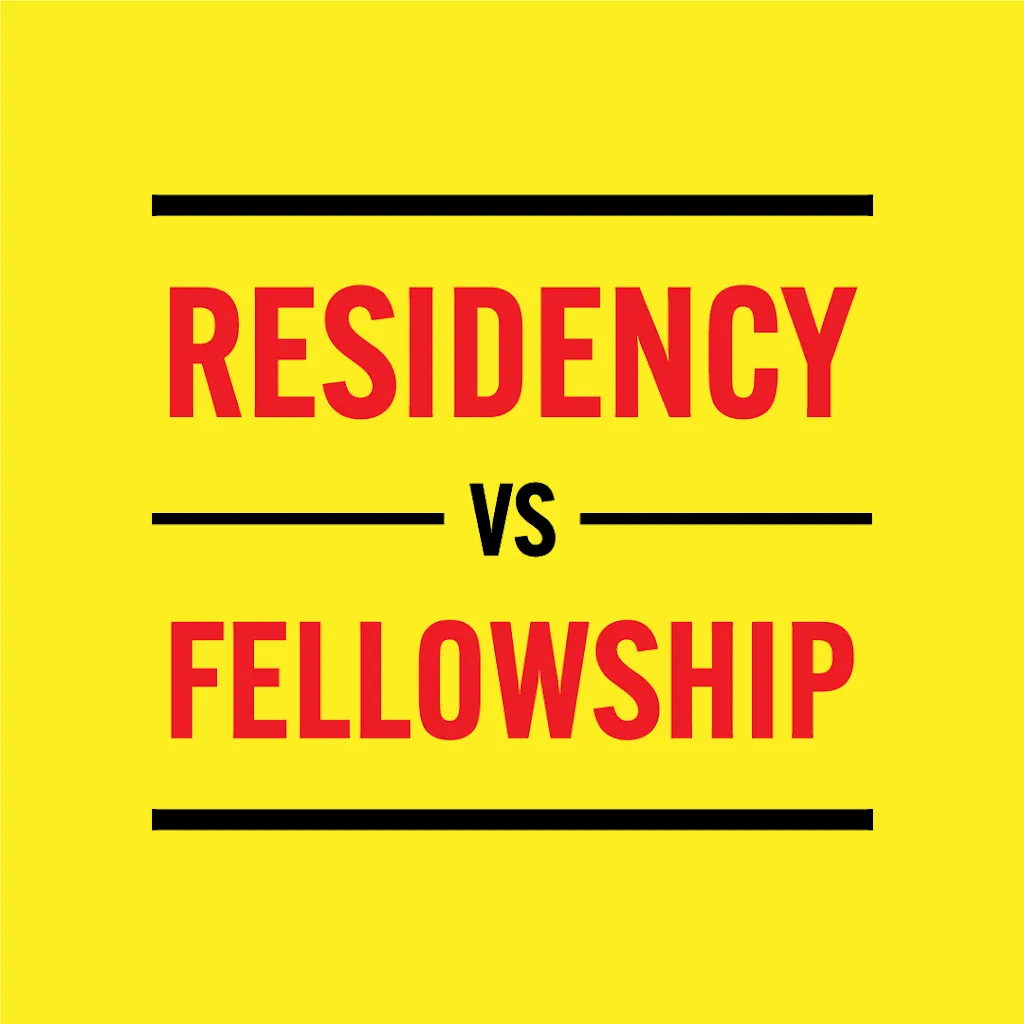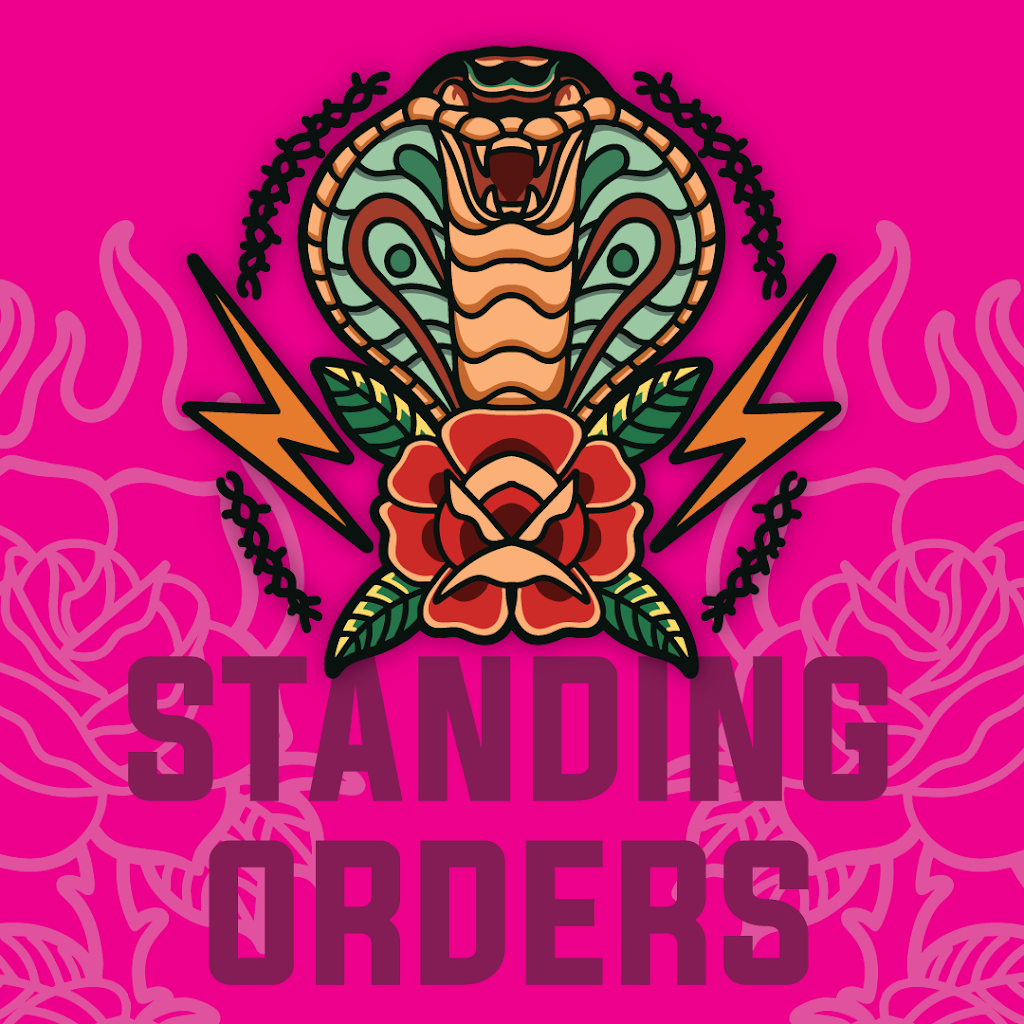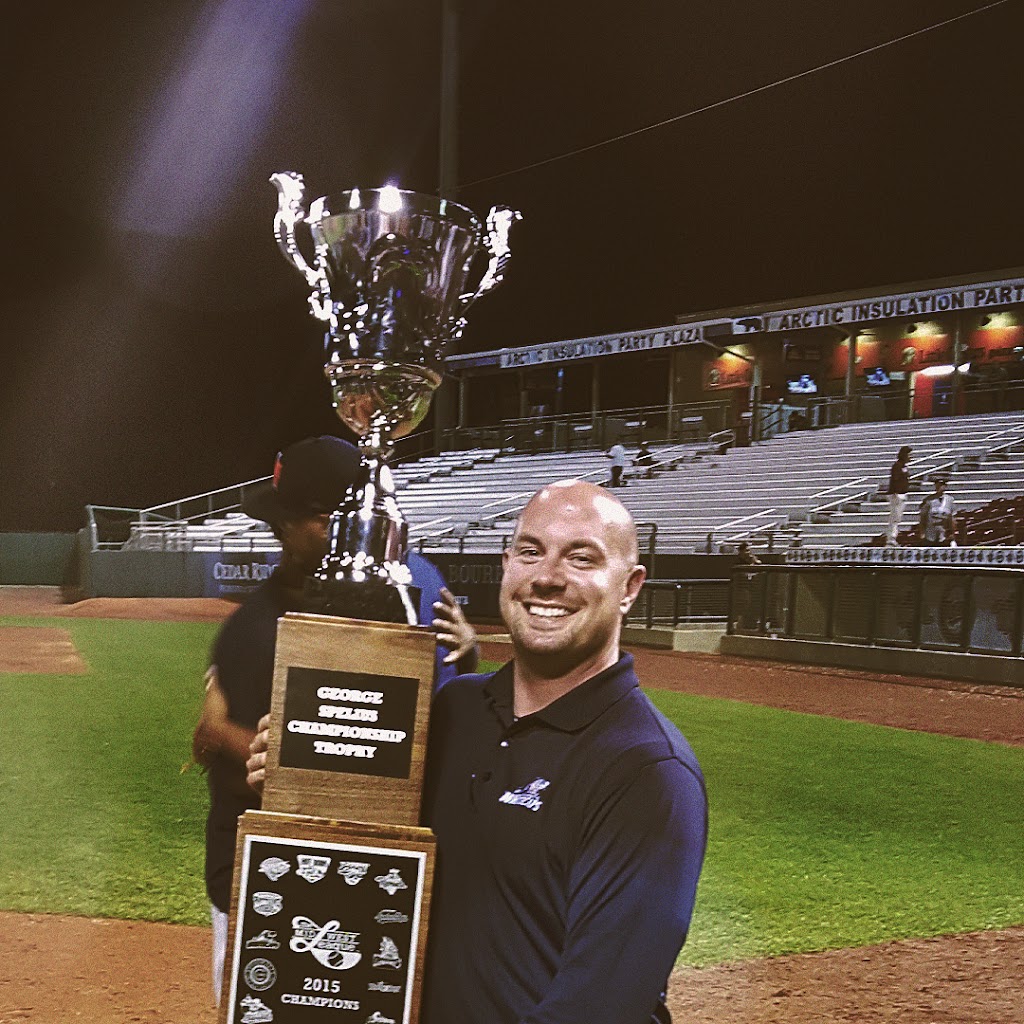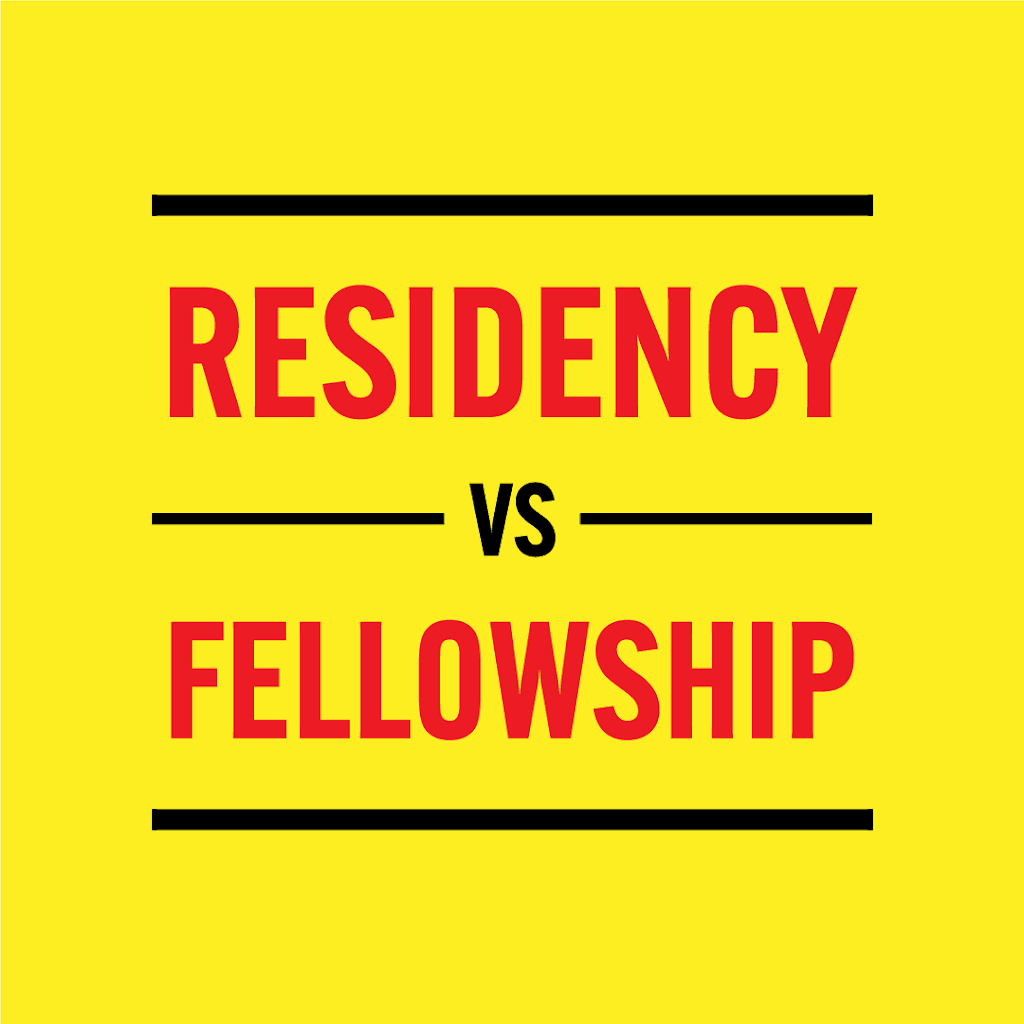What are Residency and Fellowship AT Positions?

We’re almost there everyone. As difficult as it may be to believe right now, there is a light at the end of the tunnel. The school year is winding down and summer will be here before we know it. With the spring season coming to a close, another season is starting to ramp up. Job hunting season. Whether you are a newly minted AT (congratulations!), a seasoned pro looking for a new opportunity, or something in between, you will likely find yourself looking at countless job postings. While this can be overwhelming for ATs of any experience level, I want to take a moment and address the various ways that entry level jobs are being presented.
Since the transition to the entry level masters, institutions have been looking for ways to replace the graduate assistant position. Grad assistants have been integral at countless universities, high schools, clinics and other settings throughout the years. They were able to expand the reach of athletic training departments and help provide care to more patients. In return, the GA (in theory) received further education, increased clinical experience, and mentorship. Those two years really served as a transition to independent practice for the AT, as well as a less expensive option for the institution when compared to a full time employee. Now that these positions are by and large going away, words like residency and fellowship are starting to show up in job posts. I am here to tell you that by and large, these words are being used incorrectly.
Many job postings listed as “residencies” or “fellowships” could be relisted as “cheap labor” because that is what the employer is looking for. This does not help to advance the profession to where it needs to be and employers need to stop hiding behind these terms in order to grossly underpay, and ultimately devalue, athletic trainers. What many people do not know is that there are specific criteria defined by the CAATE that must be met to be considered a residency/fellowship. Here are some definitions: Residency: Formal education programs that offer structured curricula and mentorship, including didactic and clinical components, to educate athletic trainers in a specialty area. CAATE Approved Specialty Areas:Prevention and Wellness Urgent & Emergent Care Primary Care Orthopaedics Rehabilitation Behavioral Health Pediatrics Performance Enhancement Fellowship: Occurs after a residency, or similar experience, and are designed to educate athletic trainers in a subspecialty area. Specialization: Intended to improve the quality of care provided to patients, enhance clinical outcomes, and improve patient’s health related quality of life. Sub-specialization: A narrow field within specialization. Examples given by the CAATE are manual therapy as a subspecialty of rehabilitation, or neurotrauma as a subspecialty of primary care. To date, sub-specialty areas have not been outlined by the CAATE, only specialties. In short, residencies and fellowships are rigorous, full time clinical positions with an intensive academic component as well. They have been created with the intent of advancing content expertise to ultimately enhance patient care. So when you are perusing the job boards and see a residency or fellowship position posted, do your homework. Since there are only 10 CAATE accredited residencies with 6 other institutions seeking accreditation, chances are the posting you are looking at is cheap labor, not a residency.
If you would like to learn more about these positions or review the CAATE Residency & Fellowship Standards, I encourage you to check out their website HERE.
Need an athletic trainer? Go4Ellis is a nationwide app/platform that connects teams and organizations with per diem athletic trainers for games, practices, camps, clinics and tournaments.
Go4Ellis is the preferred per diem platform of the National Athletic Trainers’ Association.
Are you an Athletic Trainer?
Join us!
From per diem shifts to full-time opportunities, AT resources, PLI, a free EMR and more, Go4 is the essential AT app. Sign up now!
"*" indicates required fields
Other articles you might like

What’s the deal with Standing Orders?
How do I get standing orders as an athletic trainer? Q: What are standing orders? A: Standing orders, aka medical protocols, establish the scope of practice for an athletic trainer. Under the direction of a physician, they are an overview of the specific skills that the AT is legally able…

AT Spotlight: Thomas Obergefell, Athletic Training from the Dugout
Name: Thomas Obergefell, MS, ATC, LAT Nickname: T.J. Alma…

Middle School / High School / College / Any School EMR – The Importance of Documentation
Go4’s in-app Electronic Medical Record We all know the reasons why it’s important to thoroughly document, but incase you forgot, here they are:…
